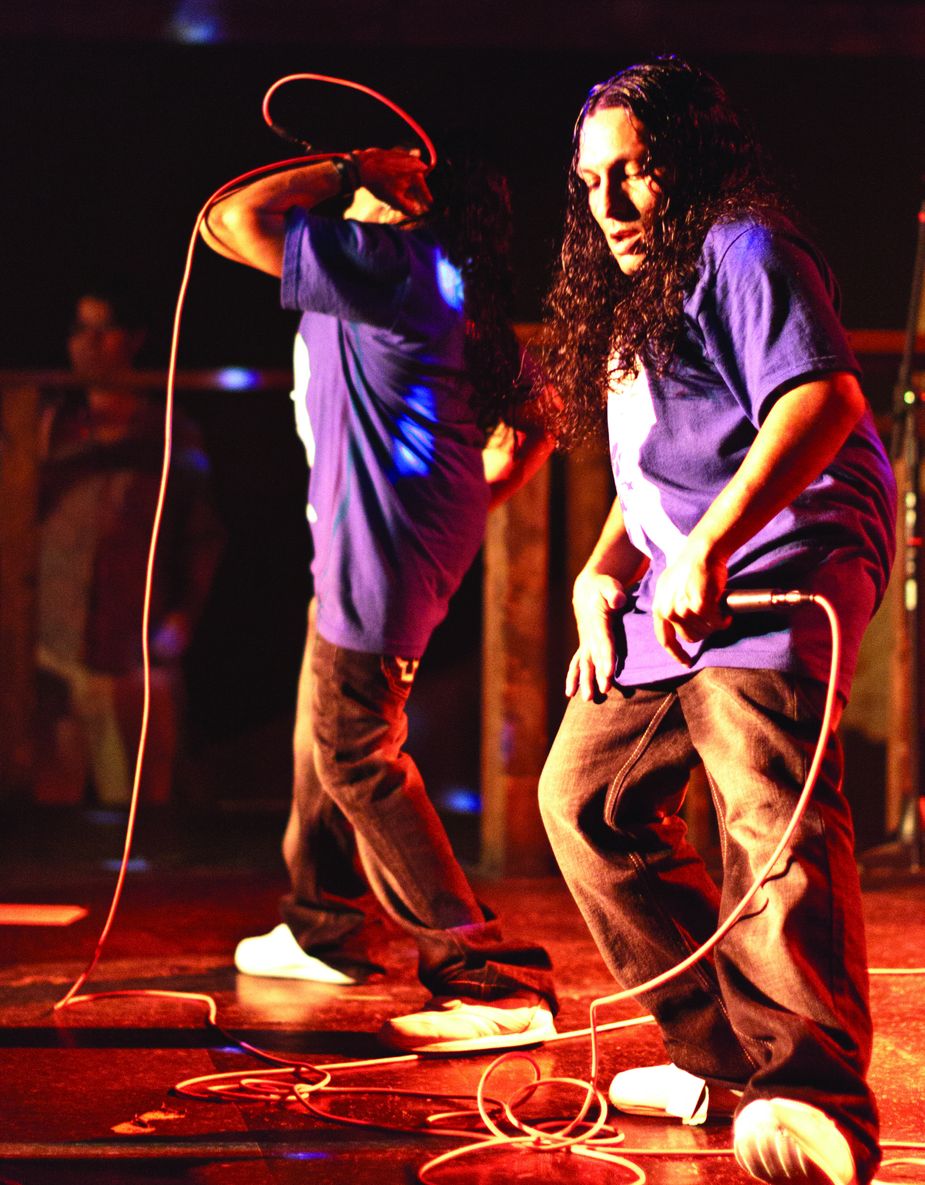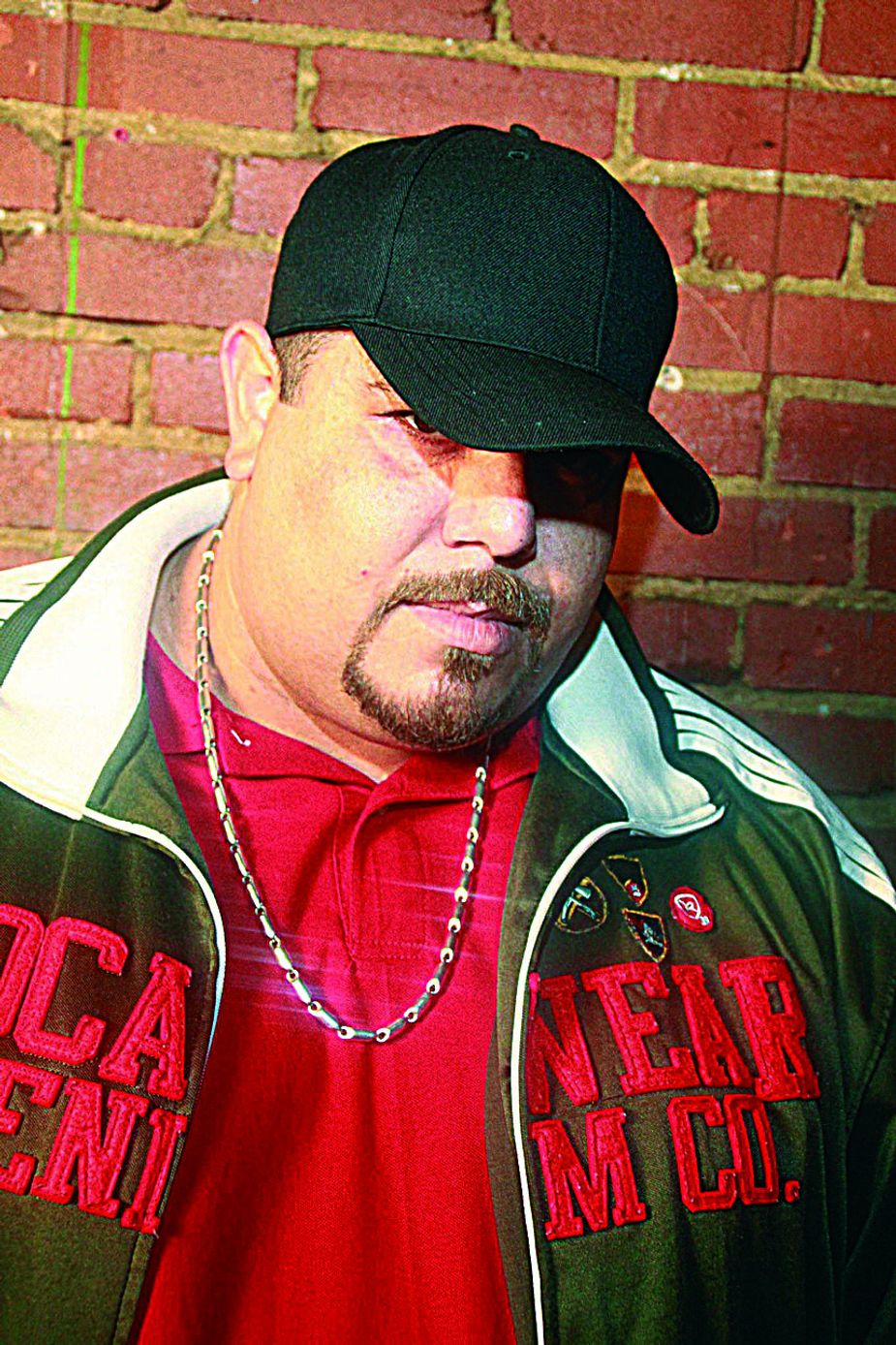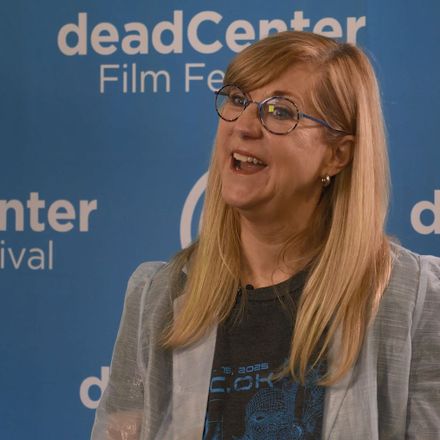The Beat Goes On
Published October 2021
By Ryan LaCroix | 4 min read
Traditional Native American music often is associated with flutes, large drums, and chanting, but several Oklahoma musicians are exploring other genres while still representing their heritage. Ada’s Injunuity, a duo consisting of Jeff Carpenter and Brad Clonch, is meshing elements of rock and Native flute music. Shawnee’s Samantha Crain has excelled in folk rock. Meanwhile, other Oklahoma musicians are creating their own hip-hop sound steeped in Native American culture.
The roots of Oklahoma City duo Mike Bone, featuring brothers Lil’ Mike and Funny Bone, go back to the early 1990s, when Lil’ Mike danced like Michael Jackson at a talent show at Capitol Hill High School in Oklahoma City.
“The crowd screamed, and I had a big smile on my face,” Lil’ Mike says. “I knew entertaining crowds was something I wanted to do.”
Younger brother Funny Bone started as a producer, making beats on the family computer. The brothers, who both stand about 4 feet 9 inches tall, have released fifteen independent albums. Their lyrics cover many topics, from their Christian faith to Oklahoma City eatery Bobo’s Chicken.
The brothers are members of the Pawnee and Choctaw nations, but they didn’t explore their roots until their teenage years.

Brothers Lil’ Mike and Funny Bone perform at Hailey’s Club in Denton, Texas, in October 2011. Photo by Ed Steele
“The first powwow we went to, we got hooked,” Lil’ Mike says. “I thought, ‘Wow, this is part of our culture? This is amazing!’”
Funny Bone wrote the song "Rain Dance" for Northwest Classen High School’s Unity Day, and it has become their most popular; the YouTube video has almost 30,000 views.
“I had to do something that was ethnic and educational,” Funny Bone says. “It became one of our biggest songs. Natives love it.”
While Native music has a rich history, hip-hop is still a relatively new genre, dating to the 1970s. The two styles have many similarities, including the most primal commonality—the drumbeat.
“The drum is what drives it,” says Cliff Red Elk of Oklahoma City, who performs Native-flavored hip-hop as Red Elk.
As a youth, Red Elk remembers being fascinated by late-night drum circle gatherings after powwows. He added those drums, as well as Native chants, to songs after recognizing that popular hip-hop groups were regularly flavoring their sounds with cultural homages.

Red Elk sometimes performs his song “Comanche Boy Knock ’Em Out” with a drum circle and dancers in full headdress.
His song “Indians” takes the hook of the children’s nursery rhyme “Ten Little Indians”—which has racially charged roots dating to the 1800s—and turns it into an encouragement and a proud celebration of his Comanche heritage.
For Red Elk and Mike Bone, hip hop isn’t just a way to express themselves—it’s also a way to honor their culture.
For more information about Mike Bone, visit http://www.mikebonenation.com/. To learn more about Red Elk, visit reverbnation.com/redelk







